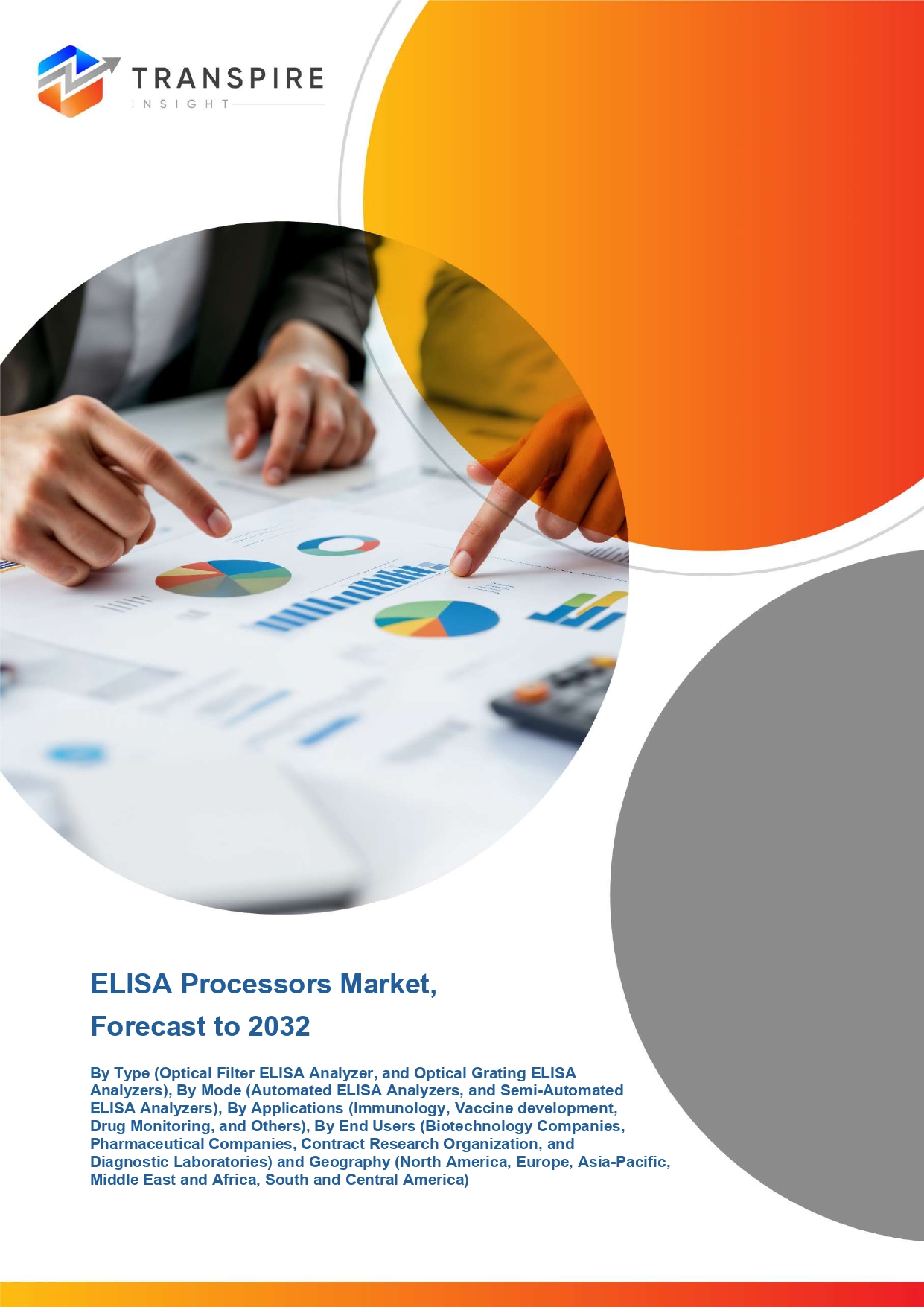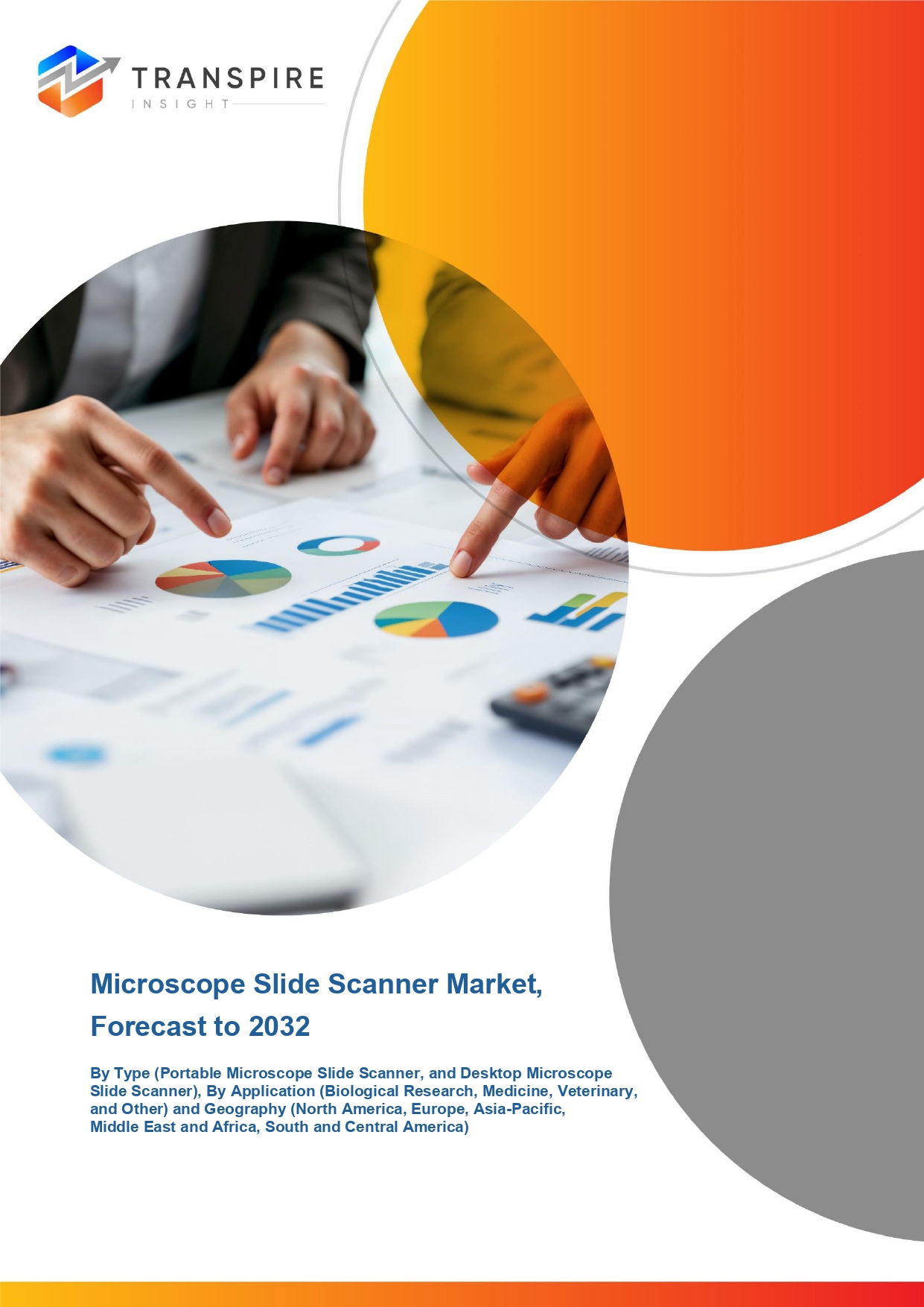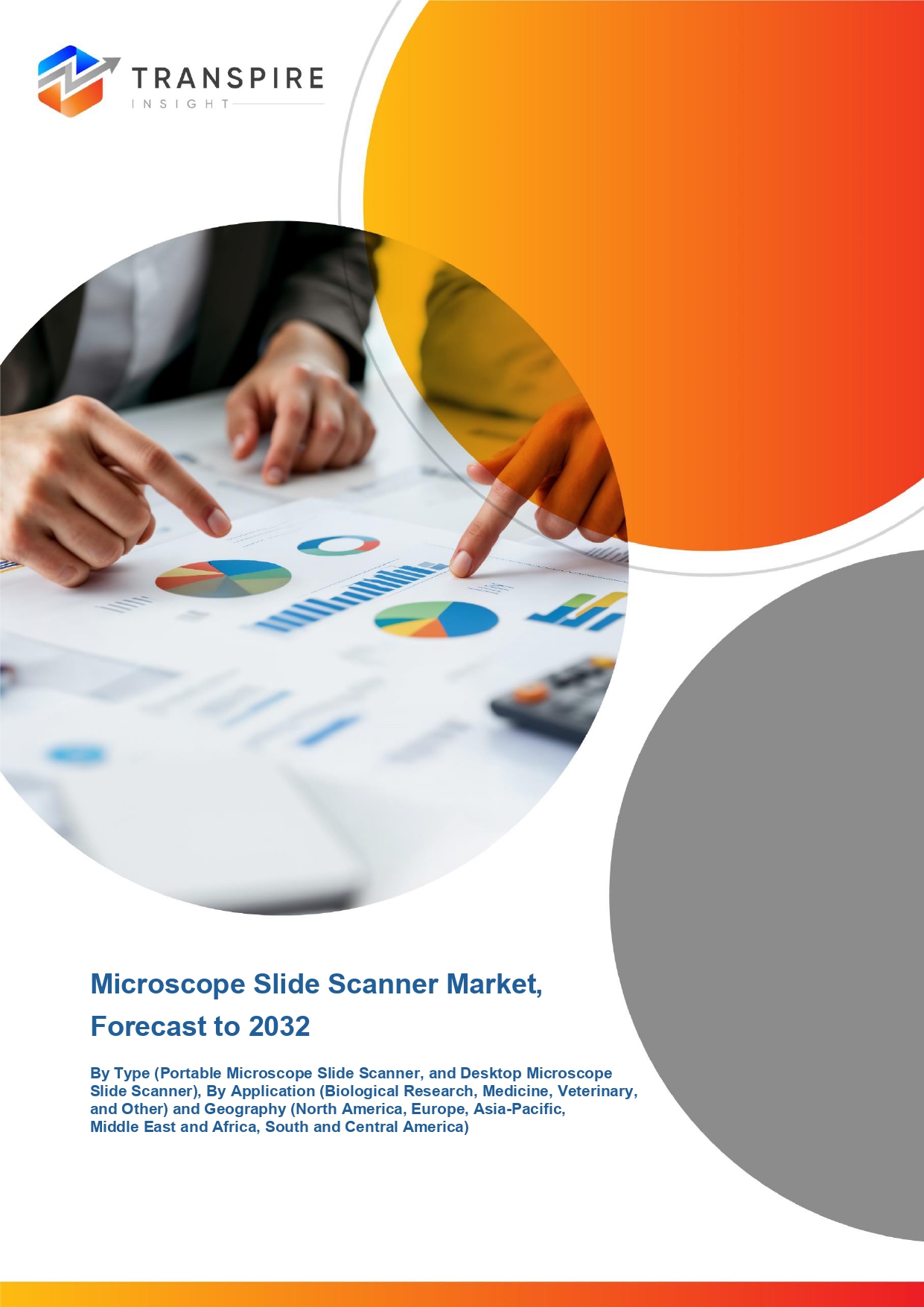Global ELISA Processors market is estimated to reach $18,843 Million by 2031; growing at a CAGR of 7.9% from 2024 to 2031.
The Global ELISA Processors market is a specialized sector within the biotechnology and diagnostic industries, catering to the automation of the ELISA process. Immunoassay processors play a crucial role in the detection and quantification of various substances in biological samples, serving the needs of laboratories, clinical diagnostics, and research institutes worldwide. The market has witnessed rapid growth in recent years, primarily driven by technological advancements that have revolutionized laboratory workflows, enhancing accuracy and efficiency in studies. Innovations such as touch-screen interfaces, auto plate handling, and advanced software for data management have minimized errors and improved the accessibility and reliability of ELISA processors for end-users.
The increasing demand for ELISA processors can be attributed to the rising prevalence of chronic and infectious diseases, necessitating reliable diagnostic equipment with high sensitivity and specificity. Ongoing research in areas like immunology, oncology, and pharmacology further drives the need for ELISA processors across various analytical applications. With regulatory dynamics evolving, manufacturers are focusing on meeting stringent standards to ensure the safety and effectiveness of diagnostic tests. Collaboration among market players through contracts, partnerships, and agreements is also common, allowing for the development of innovative products that cater to diverse end-user needs. The integration of advanced technologies like artificial intelligence and machine learning is expected to enhance the analytical capabilities of ELISA processors, paving the way for new applications in point-of-care diagnostics and beyond traditional laboratory settings. The dynamic and growing landscape of the ELISA processors market presents exciting opportunities for further innovation and impact in the future.

GROWTH FACTORS
The global ELISA Processors market is poised for significant growth in the foreseeable future, driven by the escalating demand for automated and high-throughput diagnostic solutions in the healthcare sector. Healthcare systems worldwide are increasingly adopting ELISA Processors to enhance efficiency and accuracy in diagnostic practices. These processors enable laboratories to conduct a higher volume of tests with greater precision and speed, thus playing a crucial role in modern healthcare diagnostics.
Moreover, the rise in chronic diseases such as diabetes, cardiovascular diseases, and cancers is contributing to the growth of the ELISA Processors market. The accurate and effective diagnostic capabilities of ELISA processors are essential for managing and treating chronic diseases, especially as the global population continues to age. Despite facing challenges such as high initial investment costs and stringent regulatory requirements, the integration of artificial intelligence and machine learning technologies holds promise for revolutionizing the capabilities of ELISA Processors. These advanced technologies have the potential to enhance data analysis, interpretation, and diagnostic accuracy, ensuring that ELISA Processors remain effective in meeting the evolving demands of the healthcare industry.

MARKET SEGMENTATION
By Type
The ever-evolving scenario of the ELISA processor in the field of medical diagnostics is a testament to the advancements taking place in the industry. Serving as the foundation for laboratories worldwide, these devices play a crucial role in disease identification through their advanced analytical capabilities. The global ELISA processor market is divided into two main categories: Optical Filter ELISA Analyzers and Optical Grating ELISA Analyzers. The former utilizes cutting-edge optical filtering technology to detect and measure biomarkers in biological samples with high sensitivity and specificity, making it suitable for a wide range of clinical and research applications. On the other hand, Optical Grating ELISA Analyzers employ grating-based optical systems to achieve superior resolution and accuracy in detection. By utilizing diffraction gratings to manipulate light for spectral analysis, these analyzers offer precise results across various sample types and assay formats.
By Mode
ELISA processors play a crucial role in modern healthcare by enabling the detection of various substances in biological samples, such as proteins, antibodies, and hormones. The global ELISA processor market is divided into two main categories based on operational modes: Automated ELISA Analyzers and Semi-Automated ELISA Analyzers. Automated ELISA Analyzers are known for their high efficiency and accuracy in diagnostic laboratories, utilizing advanced robotics and software algorithms to streamline the testing process. These systems significantly reduce the potential for human error and increase the speed at which tests can be conducted, ultimately allowing laboratories to handle a larger volume of tests in a shorter timeframe.
On the other hand, Semi-Automated ELISA Analyzers offer a balance between manual labor and automation, providing flexibility in test protocols and allowing laboratory technicians to exercise their expertise in critical areas of the diagnostic process. These analyzers require partial human intervention during sample preparation and end-user interaction, while automating other aspects such as reagent dispensing and plate washing. As technology continues to evolve, the potential of ELISA processors is expected to grow, with advancements in sensitivity, specificity, and integration with artificial intelligence for real-time data analysis. Additionally, the incorporation of cloud computing and connectivity solutions will enhance operational efficiency across distributed laboratory networks, enabling remote monitoring and management of these critical healthcare devices.
By Applications
The demand for ELISA processors continues to grow in the global market due to their crucial role in various applications within the fields of immunology, vaccine development, and drug monitoring. These processors are highly valued for their ability to detect and quantify substances such as antibodies, proteins, hormones, and drugs with exceptional specificity and sensitivity. In immunology, ELISA processors play a vital role in diagnosis by identifying specific antibodies or antigens in patient samples, aiding healthcare professionals in making accurate diagnoses and monitoring disease progression. As medical research advances, ELISA technology becomes increasingly important in studying immune responses and creating new diagnostic tools.
Furthermore, ELISA processors are essential in vaccine development, where they are utilized to measure immune responses to vaccines by assessing antibody levels in vaccinated individuals. This ensures that vaccines are effective and provide adequate protection against diseases. In drug monitoring, ELISA processors enable healthcare providers to evaluate drug levels in blood or urine samples, allowing for proper dosage adjustments, ensuring therapeutic efficacy, and minimizing side effects. As personalized medicine gains prominence, the demand for accurate and reliable tools like ELISA processors in drug monitoring is expected to rise. Additionally, ELISA processors find applications in environmental testing for identifying contaminants in water and food samples, ensuring safety and compliance with regulatory standards. The technology is also increasingly being integrated into point-of-care test devices for rapid and precise results in non-traditional laboratory settings.
By End Users
The global ELISA processor market is segmented based on end users, including biotechnology companies, pharmaceutical companies, contract research organizations, and diagnostic laboratories. These industries are pivotal in driving advancements in medical and biological research, diagnostics, and therapeutics. Biotechnology companies, in particular, invest significantly in innovation within the ELISA processor market, utilizing these technologies to study and develop new drugs, vaccines, and therapeutic solutions. By leveraging ELISA processors, biotech companies can analyze large sample sizes quickly, resulting in faster and more accurate research outcomes.
Pharmaceutical companies also heavily rely on ELISA processors for drug development and testing purposes. The precision and sensitivity of ELISA technology enable pharmaceutical companies to assess drug efficiency, monitor patient responses, and maintain quality control during the manufacturing process. Additionally, contract research organizations (CROs) work closely with pharmaceutical and biotech industries, providing essential services such as clinical trial research and specialized testing using ELISA processors. The integration of ELISA technology enhances the capabilities of CROs, allowing for quicker decision-making and efficient trial management, ultimately leading to the discovery of new treatments under stringent regulatory requirements. Furthermore, diagnostic laboratories play a crucial role in healthcare by using ELISA processors to detect various diseases through the measurement of patient health markers and population screenings, facilitating accurate diagnoses and treatment plans by clinicians. As biotechnology, pharmaceutical research, and diagnostic capabilities continue to advance, the ELISA processor is poised to offer numerous opportunities worldwide. With ongoing technological developments, ELISA processors are expected to play a vital role in delivering faster, more precise, and cost-effective analysis across various industries in the foreseeable future, further promoting innovation in healthcare and life sciences.
REGIONAL ANALYSIS
The global ELISA processors market is dynamic, with different regions showcasing varying levels of adoption and opportunities. North America stands out as a high-adoption region, driven by its advanced healthcare infrastructure and significant investments in research and development, particularly in pharmaceuticals and biotechnology. In Europe, a substantial market share exists due to a strong regulatory framework and a focus on biomedical research for the advancement of ELISA technologies. Moving to the Asia-Pacific region, there is a rising demand for ELISA Processors fueled by increased healthcare spending and a growing emphasis on diagnostic enhancements, with countries like China and India leading the way in the biotechnology sector.
South America, spearheaded by nations like Brazil and Argentina, has witnessed rapid growth in the ELISA Processors market, attributed to increased healthcare access and infrastructure investments. Meanwhile, the Middle East & Africa region is expected to experience gradual market share growth, driven by improved healthcare facilities, rising chronic diseases, and government initiatives to enhance healthcare services. These regional analyses highlight the diverse landscape of the global ELISA Processors market, with North America and Europe excelling in technological advancements, while significant opportunities lie in the Asia-Pacific, South America, and the Middle East & Africa regions due to evolving healthcare needs and increasing research activities.
Looking forward, continued innovations in ELISA technology, strategic investments, and regulatory developments across these regions will shape the future trajectory of the global ELISA Processors market. Companies operating in this sector must navigate regional dynamics effectively to capitalize on emerging opportunities and sustain growth amidst a competitive market environment.

KEY INDUSTRY PLAYERS
In the global market of ELISA processors, there are several key players who dominate this industry. AESKU Systems, Dynex Technologies, CPC Diagnostics, Inova Diagnostics, Hamilton, Biobase, EUROIMMUN, BIO-RAD, Yantai Addcare Bio-Tech, Sekisui Diagnostics, and Das are among the major companies that contribute to the development and production of ELISA processors within the medical and scientific sectors.
ELISA processors play a crucial role as diagnostic tools used to detect and measure various substances in biological samples, such as proteins, antibodies, hormones, and peptides. These processors enhance the efficiency and accuracy of ELISA workflows, offering faster processing times, increased throughput, and improved sensitivity in analyte detection. The competitive landscape in the ELISA processor market emphasizes the necessity for continuous innovation to meet the rising demands from healthcare and research industries. Each key player in this sector brings unique strengths and focuses, such as AESKU Systems' integrated solutions, Dynex Technologies' automation platforms, and CPC Diagnostics' emphasis on reliability and precision in diagnostic testing. Inova Diagnostics specializes in autoimmune disease detection, while Hamilton provides advanced liquid handling technology for ELISA processors. Biobase, EUROIMMUN, BIO-RAD, Yantai Addcare Bio-Tech, Sekisui Diagnostics, and Das each contribute to the market with their wide range of ELISA applications and innovative technologies tailored to different needs in the industry.
REPORT SCOPE AND SEGMENTATION
|
Attributes |
Details |
|
Market Size By 2031 |
USD 18,843 Million |
|
Growth Rate |
CAGR of 7.9% |
|
Forecast period |
2024 - 2031 |
|
Report Pages |
250+ |
|
By Type |
|
|
By Mode |
|
|
By Applications |
|
|
By End Users |
|
|
By Region |
|
|
Key Market Players |
|




_page-00011.jpg)
_page-0001.jpg)




.jpg)



 APAC:+91 7666513636
APAC:+91 7666513636





